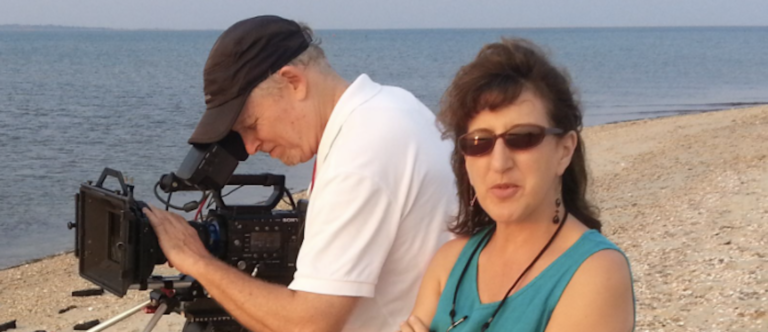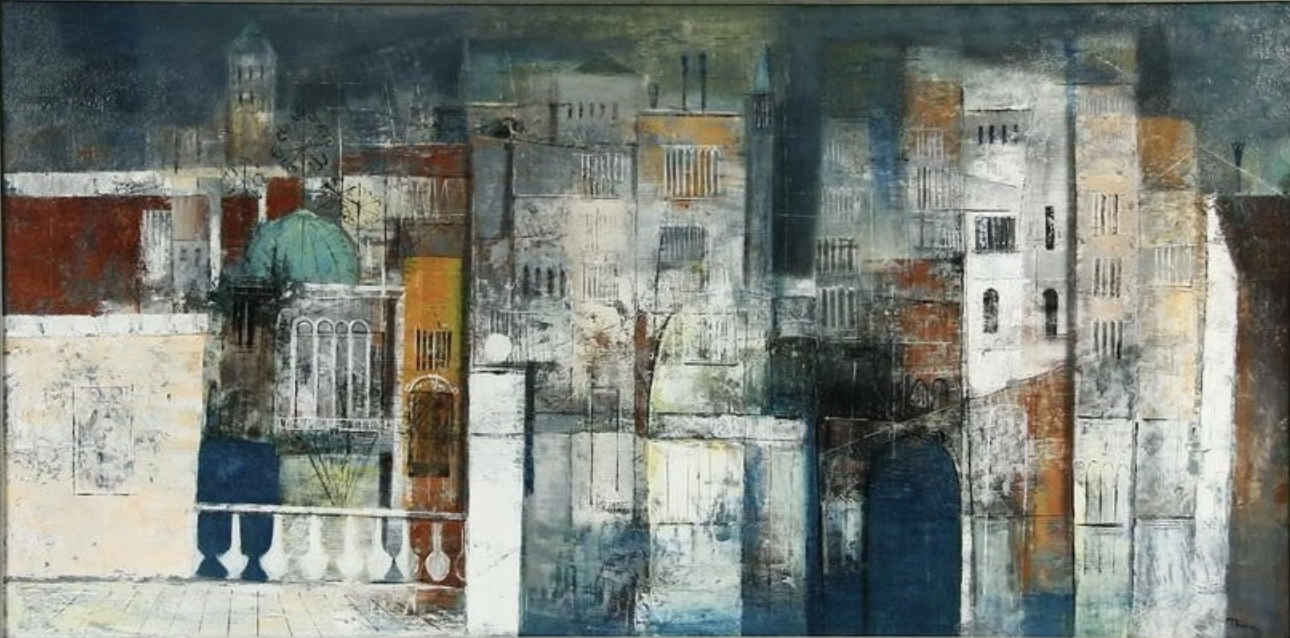
Andrea Torrice
b. 1955
“Instead of focusing on details, I focus on the essence of the image, kind of the way Abstract Expressionists wanted to strip form and shape and color to its primal idea or motivation.”
Andrea Torrice in a 2018 oral history with the Vision & Art Project
Biography
A filmmaker, Andrea Torrice was born in 1955 in New York City. Her parents, of Italian origin, had rebelled against the conventions of their upbringings to become artists (her mother a painter, her father a jazz musician). She spent the first years of her life in Manhattan and Queens before her family moved to New Jersey.
She studied modern dance at NYU and creative writing and literature at SUNY Purchase. While at SUNY, she realized she had an interest in visual storytelling. She moved to the Bay Area, which had a vibrant filmmaking community, began studying filmmaking, and became involved with a community of people who were making various sorts of films. While taking graduate classes at San Francisco State University, she got an internship at the local PBS station, where she was mentored by the documentary filmmakers Steve Talbot, Louise Lo, and Lowell Bergman.
At the age of 26, just as she was poised to take her first professional job in film, she was diagnosed with Stargardt’s disease. Subsequently, her career was on hold for about eight years while she learned adaptive technologies and rebuilt her life.
Eventually, after getting support and rehabilitation training, she returned to film. Initially, she worked as a manager of a community access television station. Then, she started directing and producing films. Her first major project was a commissioned work, Forsaken Cries: The Story of Rwanda (1997), which focused on how Rwanda’s colonial period contributed to the genocide there in 1997. Not long afterwards, she completed a project she had conceived on her own, Rising Waters: Global Warming and the Fate of the Pacific Islands (2000). This documentary was one of the first to examine the issue of global warming and the impact it would have on the people, cultures, and ecosystems of those islands.
Torrice has since made many more documentaries, some of them commissioned, which engage complex environmental and social issues. Her films have won awards, been aired on PBS, and been screened everywhere from church basements to the UN. In addition to making films, she also works as a visual artist and develops video installations.
Torrice’s post-macular method of working
In a 2018 oral history with the Vision & Art Project, Torrice explained how she works with low vision. She storyboards her ideas on large pieces of newsprint paper she tapes to the walls. Instead of focusing on special details, she composes shots more abstractly, focusing on line, movement, composition, and color as opposed to a singular object or scene. Sound and music are as vital to her work as visual images are. While she herself focuses on a film’s story, ideas, and structure, she relies on skilled craftspeople to do such things as the camera work and editing. She feels low vision has given her the ability to see things as an interconnected whole.
V&AP Resources Related to This Artist

Feature Article
The Gestalt of Seeing
An interview with Andrea Torrice about building a successful filmmaking career after developing early onset macular degeneration as a young woman.
Read More












